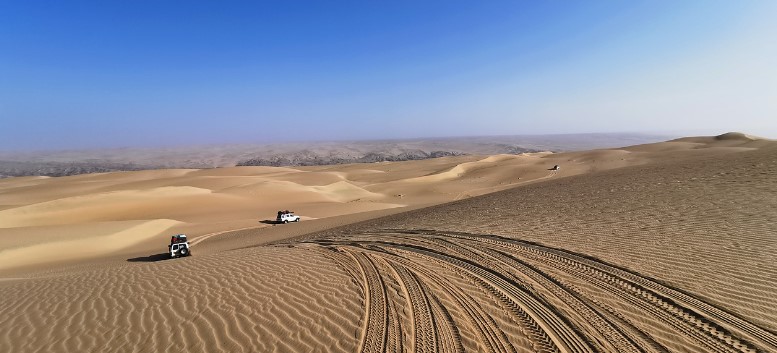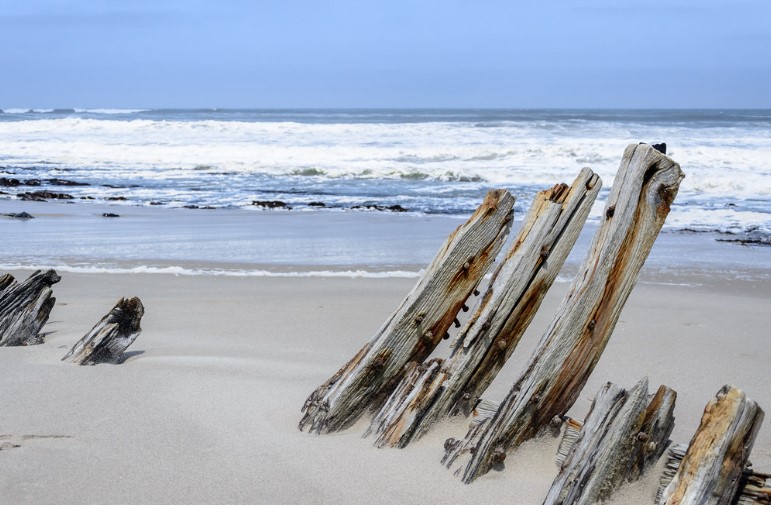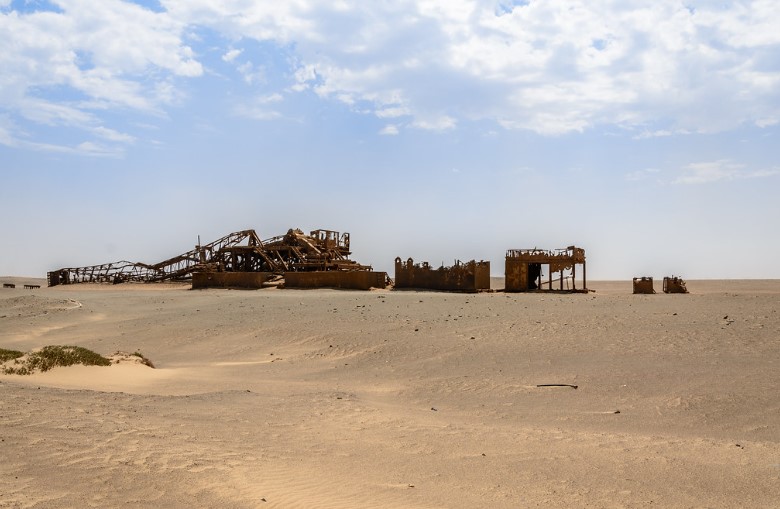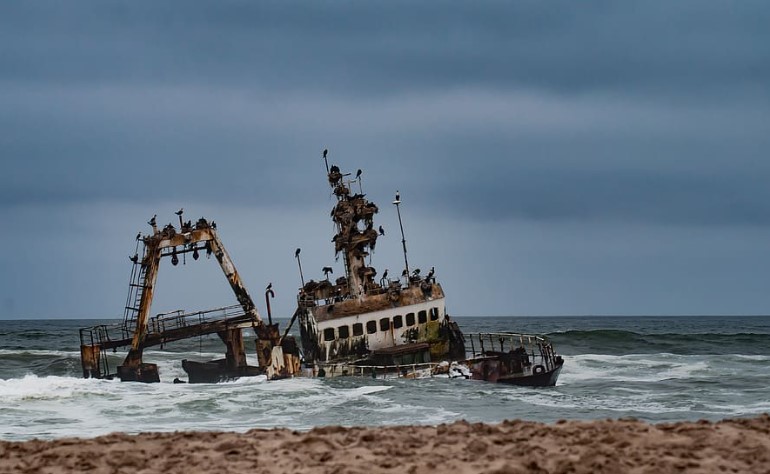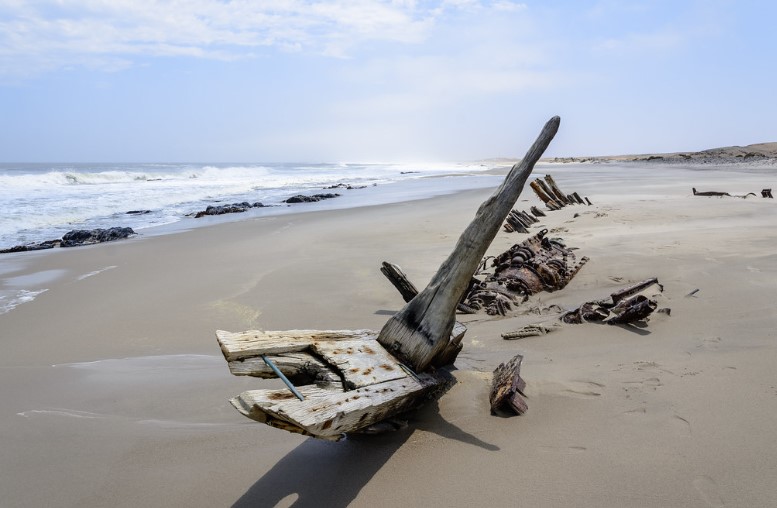Whale bones litter the Skeleton Coast, part of the Namib Desert, and dozens of ships are broken on its shores. The thick fog along the Skeleton Coast has claimed the lives of many sailors. On a dazzling white sand strand, lions stalk seals in a scene that looks more like a mirage than reality. A harsh climate and starvation often claimed the lives of survivors who managed to reach land. Nature power is at its full control over Skeleton Coast.
Namibia’s Skeleton Coast extends from the Kunene River to the Swakop River along the Atlantic coast, south of Angola. Among the vessels littering the coast are the Eduard Bohlen, Benguela Eagle, Otavi, Dunedin Star, and Tong Taw. Skeleton Coast’s oldest shipwreck is the Oranjemund wreck, which was wrecked during the 1530s. It is one of the oldest shipwrecks found in Sub-Saharan Africa of Iberian Atlantic tradition.
Read More – Quiver Tree Forest Namibia
Bones were found along the beaches during whaling operations and seal hunts, which gave the name to the place. Many skeletons of humans who died on the hunt for food and water have been found in a few places. Hunting for maritime food, lions, hyenas, and other predators roam the shore.
The riverbeds further inland also have baboons, giraffes, leopards, cheetahs, caracal cats, black rhinoceros, brown and spotted hyenas, and springbok. Baboons and elephants dig the wells where animals get most of their water. In the region, the CBBC show Serious Desert was filmed primarily because of the black rhinoceros population.
However, Namibian indigenous people, the San, often refer to the region as the “Land of Anger,” while expert Portuguese sailors once called it “The Gates of Hell.”. There was no way out, except through hundreds of kilometers of marsh that could only be reached via an arid, hot desert.
The area has strong winds from land to sea, as there is very little rainfall (0.39 in) per year, and an inhospitable climate makes life miserable here. Although stunning beaches are constantly flooded with heavy surf,. Despite this, the cold currents that propelled them onshore from the Atlantic caused the dense fog to cover the coast for over 200 days a year. The heavy fog confused the ships’ captains, and eventually, they were drowned by this fog.
Sea fogs that engulf the coast provide moisture and food for many of the plant and insect species that inhabit the sand dune systems. Nomadism, thermoregulation, coloration, breeding strategies, and breeding strategies of desert bird assemblages have been examined. Photographers seeking surreal and spectacular landscapes are attracted to the shipwrecks on the beach and at sea. Nature shows off its inimitable power once again in an infinite space made of sand, water, and nothing else.
Skeleton Coast was the title of John Henry Marsh’s book chronicling the Dunedin Star’s wreck. The book has become so well known since it was first published in 1944 that the coast is now generally known as Skeleton Coast and is officially named as such on most maps.
Rock outcrops occasionally interrupt the soft-sand coast. Gravel plains dominate the southern part, while high sand dunes dominate the northern part. Skeleton Bay is now a great surfing spot. In Namibia, Saltyjackal, a surf camp located in Swakopmund, is the only group that offers guided surf trips.
Even though the shoreline consists mostly of soft sand with some rock outcroppings, it is not suitable for swimming. Our earth probably gets the closest to the mythical “end of the world” here. If you are an adventure seeker and plan to go to this mystic place, the best recommended time is between June and October sightings, but November to April is the best time for birdlife.
Read More: The Top Namibian Places to Visit

